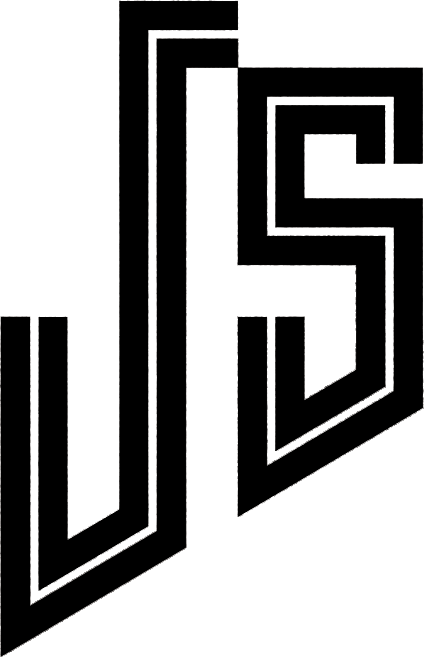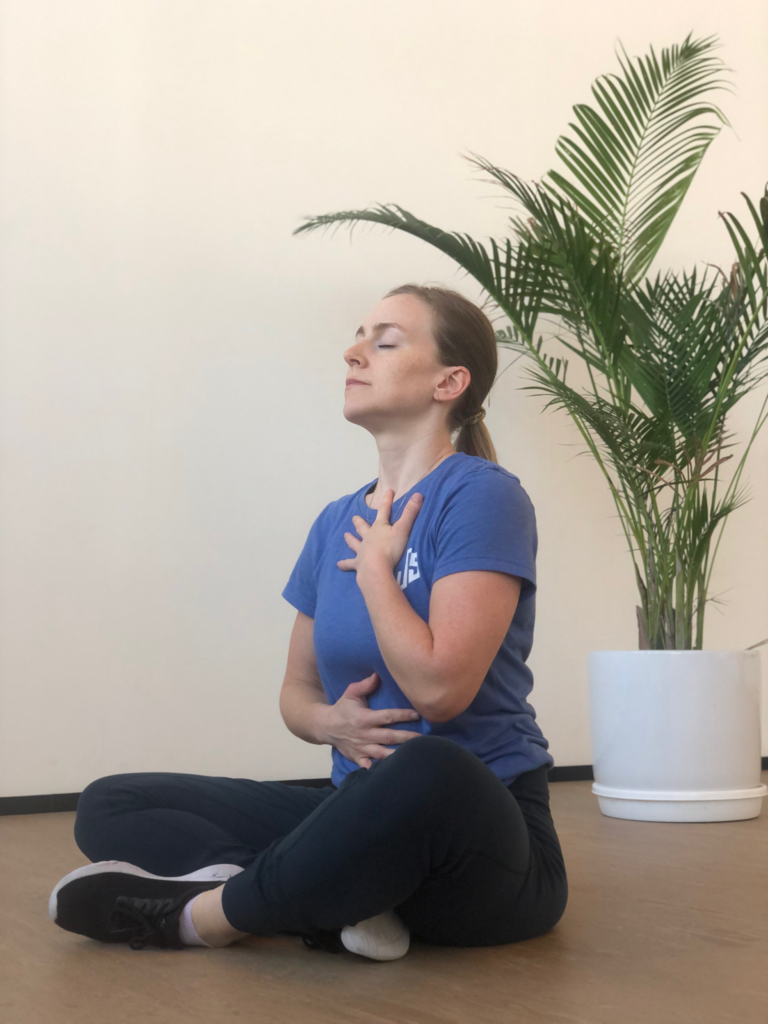Chiropractic
How Can Breathing Exercises Be a Powerful Tool?
Breathing Exercises are often overlooked by many of us. The act of breathing is controlled by our autonomic nervous system which runs many very important processes in our body. This happens involuntarily. If we don’t pay any attention to our breathing we will still breathe. So why do we have to bother with our breathing if our nervous system already takes care of that task?
Diaphragm and breathing
Our main muscle for breathing is the diaphragm. This muscle is a large dome-shaped muscle located under your lungs. When we inhale, the diaphragm contracts and flattens and increases the space in our chest so that our lungs can expand and be filled with air. While the diaphragm is the main muscle for breathing, other muscles around for example the muscles between your ribs, your abdominals, and even muscles in your chest and neck may help to facilitate breathing. This is very useful when we need the exchange of air to go faster. When we increase our activity level, for example during training or during other activities in our daily life like running after our kids, walking up the stairs or lifting heavy groceries, our breathing rate will increase, becoming more shallow and quicker. Or if you go to get a very relaxing massage you might experience how your breathing rate becomes deeper and slower. We can also control our breathing by for example holding our breath, or even trying to forcefully breath in and out air.
Our breathing should be as dynamic as the way we are moving and living. It should change according to the demands around us. When you are relaxed and not moving, it should be just that: relaxed. It is ok, normal, and needed sometimes for our breathing to be shallow and superficial. It means we can act quickly and our lungs can work at a higher speed to exchange oxygen and carbon dioxide. However, like any stress response in the body, it is not meant to be constantly quick and shallow. When you are sitting in front of your computer at work, or talking to someone it should be effortless and relaxed.
However, many of us breathe in a superficial and tense way, using excessive muscles in our neck and shoulders when it is not needed.
That’s why it is very beneficial for most of us to become aware of our breathing patterns and practice deep Breathing Exercises. You can actually use this to your advantage and start using Breathing Exercises as a power tool.
How can deep Breathing Exercises be a powerful tool?
- Stress reliever: Slow, deep breathing is shown to stimulate our parasympathetic nervous system which is important for relaxation and bringing your body back to balance after a stress response in the body. If you often feel worried, stressed, anxious or notice that you struggle to cope in different situations it can be a very powerful tool to calm yourself down.
- Reduce pain: Deep, focused breathing can be helpful to reduce pain because it helps your body and your muscles to relax. It may not remove it, but it can certainly help to reduce the intensity of pain. Breathing practice is for example very useful for women during giving birth to make the birthing woman feel more in control and be able to relax. And have you noticed how it feels less painful to get a vaccine if you breathe and relax your arm during the shot rather than holding your breath and tensing up?
- Reduce tension in the body: Deep breathing can help you become more aware of your body in general. Often we don’t notice when we are tensing up, or sitting with our shoulders elevated in front of the computer at work.
- Make the exchange of oxygen more efficient: The diaphragm is like any other muscle in the body, it gets stronger with training. Practicing deep breathing may make your breathing and the exchange of oxygen more efficient. You may also then need less help from those excessive respiratory muscles in your neck and shoulders.
- Prepare you before stressful events: Focused deep breathing can help you before stressful events, by making you feel more calm, grounded, and in control.
Easy breathing practice
There are many ways to practice breathing. If you are new to it it’s better not to make it too complicated and do it for too long the first few times.
Sit or lay down in a comfortable position. Start by simply breathing in through your nose by counting to 4. Pause for a second and then breathe out slowly through your mouth counting 6 seconds.
The pause between the inhale and exhale is simply to give you a little reminder to go slow.
It can be helpful to use your hands to guide the air around the body. For example, you may put one hand on your chest and one on your tummy and think as if you breathe under your hands. You may do this for a few deep breaths.
Then you may want to place your hands on the side of your ribs, feeling the expansion of your rib cage under your hands.
You may start with only 5-10 deep breaths in and out, and you can increase the number when you feel ready. If you feel dizzy, go back to normal breathing for a few cycles and try again.
Since I became aware of my breathing patterns and also started doing conscious breathing practice it has helped me to feel more connected to myself and how my body feels. I use it when I need a break from the noise around me if I feel overwhelmed, or even as a way to calm myself down if I struggle to fall asleep at night. It helps me in situations where I feel out of control, and I also use it in my practice as a physiotherapist for my clients.
Reach out to us if you want to know even more about breathing!


